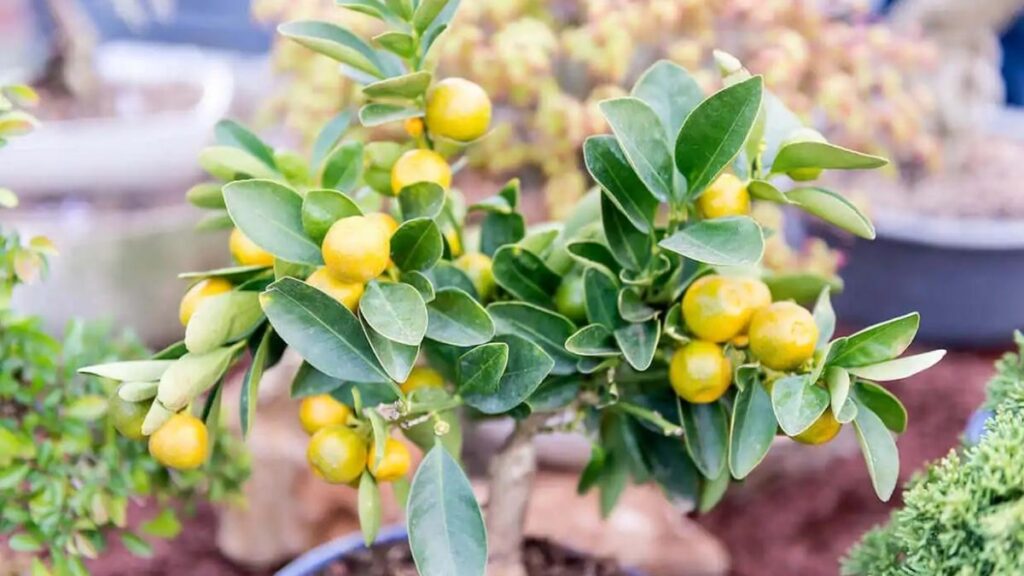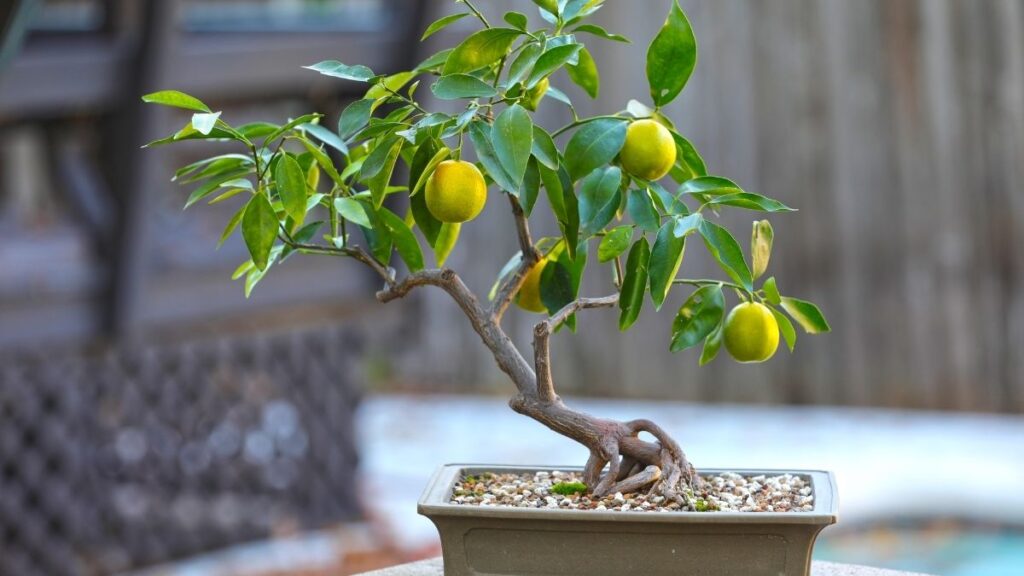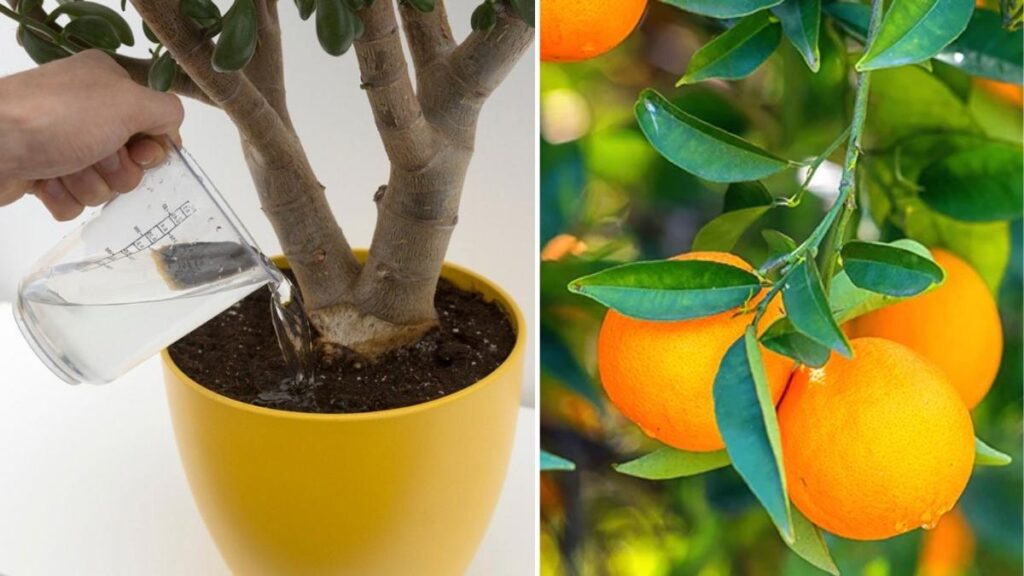Growing bonsai citrus trees on your balcony can be a rewarding experience. Not only do they bring greenery and fragrance to your space, but they also allow you to enjoy fresh fruits right at your doorstep. With the right care and attention, even a small balcony can become a thriving bonsai garden. This guide will walk you through the steps to grow healthy and beautiful bonsai citrus trees.
Understand How to Bonsai Citrus Trees
Before starting, it’s important to understand what bonsai truly is. Bonsai is not just planting a tree in a small pot; it’s an art of shaping and maintaining a tree in miniature form while keeping it healthy and vigorous. Citrus trees can be trained as bonsai because they respond well to pruning, wiring, and container growth.
The main goal is to balance the root system with the foliage and manage the size so the tree can thrive in a limited space. Regular pruning, proper soil, and careful watering are essential to ensure the tree remains both beautiful and productive. Understanding these principles makes caring for your bonsai citrus tree easier and more enjoyable.
Choosing the Right Citrus Tree

The first step is selecting a suitable citrus variety. Some popular choices for bonsai include lemon, calamondin, orange, and kumquat. These varieties are preferred because they adapt well to container growth and are manageable in size.
When choosing a tree, consider the climate and the amount of sunlight your balcony receives. Citrus trees thrive in full sun, so a south-facing balcony is ideal. If you live in a cooler region, dwarf varieties are easier to maintain and more likely to survive in a container.
Selecting a Suitable Pot
The pot is not just a container; it plays a critical role in your bonsai’s health. Choose a pot with good drainage holes to prevent waterlogging, which can lead to root rot. The size of the pot should match the age and size of the tree.
For young bonsai trees, a small pot is enough. As the tree grows, you can gradually move it to a slightly larger container. Make sure the pot is sturdy enough to withstand wind or accidental bumps on a balcony.
Preparing the Soil
Citrus bonsai require well-draining soil. A mix of akadama, pumice, and lava rock is commonly used, but if these are unavailable, a combination of garden soil, sand, and compost works well. The soil should retain moisture without becoming soggy.
Before planting, loosen the soil around the roots and trim any damaged or excessively long roots. This encourages healthy growth and ensures the tree establishes itself quickly in the new container.
Planting Your Bonsai Citrus

Start by placing a layer of small stones or broken clay at the bottom of the pot for drainage. Then add a layer of soil, position your tree in the center, and fill around the roots with the prepared soil mix.
Gently press the soil around the base, making sure the tree is upright and stable. Water the tree thoroughly after planting. Avoid fertilizing immediately, as the roots need a few days to adjust to the new environment.
Sunlight and Placement
Citrus bonsai need plenty of sunlight, ideally six to eight hours a day. Position your balcony tree where it can receive maximum direct sunlight. If your balcony is shaded, consider using a grow light to supplement natural light.
During extreme heat, protect the tree from scorching by providing temporary shade or moving it slightly away from direct sun. Conversely, in winter, bring the tree indoors if temperatures drop below 10°C (50°F).
Watering and Humidity

Proper watering is essential for bonsai citrus trees. The soil should remain slightly moist but never waterlogged. Check the soil daily, especially during hot summer months. Water thoroughly when the top inch of soil feels dry.
Citrus trees also enjoy humidity. If your balcony is dry, mist the leaves regularly or place a tray of water near the pot to increase moisture levels. This is particularly important in winter when indoor heating can dry out the air.
Fertilizing Your Bonsai Citrus

Regular feeding is important to maintain the health and productivity of your bonsai. Use a balanced liquid fertilizer every two weeks during the growing season, from spring to early autumn.
Reduce fertilization during winter when growth slows down. Organic options, such as compost tea or seaweed extract, work well for bonsai citrus, providing essential nutrients without harming the roots.
Pruning and Shaping
Pruning is what gives bonsai trees their elegant shape. Start by trimming dead or yellowing leaves and small branches that disrupt the desired structure. Pinch back new growth to maintain a compact form and encourage dense foliage.
Wiring is another technique to shape branches. Wrap flexible wire around the branches and gently bend them into the desired position. Leave the wire on for a few months and remove it once the branch holds its new shape. Avoid over-wiring, as it can damage the bark.
Flowering and Fruiting

With proper care, your bonsai citrus tree can produce flowers and fruits. Citrus trees bloom once or twice a year, and flowers are a sign of a healthy tree. Pollination may be needed if your balcony lacks insects, which can be done using a small brush to transfer pollen between flowers.
Fruits take several months to mature. Avoid overloading the tree with too many fruits, as this can stress it. Thin out smaller or excess fruits to allow the remaining ones to grow bigger and healthier.
Pest and Disease Management
Even small bonsai trees can attract pests. Common issues include aphids, spider mites, and scale insects. Regularly inspect your tree and remove pests manually or with a mild insecticidal soap.
Fungal infections can occur in humid conditions. Ensure proper air circulation around the tree and avoid waterlogging the soil. Healthy soil, regular pruning, and good sunlight are your best defenses against disease.
Seasonal Care
Different seasons require adjustments in care. During summer, increase watering and monitor for sunburn. In winter, reduce watering, protect the tree from frost, and consider supplemental light. Spring and autumn are ideal times for repotting, pruning, and fertilizing.
Enjoying Your Bonsai Citrus
Growing a bonsai citrus tree on your balcony is more than a gardening task. It’s a rewarding hobby that combines art, patience, and nature. Watching your tree bloom, produce fruit, and change with the seasons brings a unique sense of satisfaction.
Regular care, attention to detail, and a little creativity will allow your balcony to host a thriving miniature citrus orchard. In time, you’ll not only have a beautiful bonsai but also a deeper connection with nature right at home.



